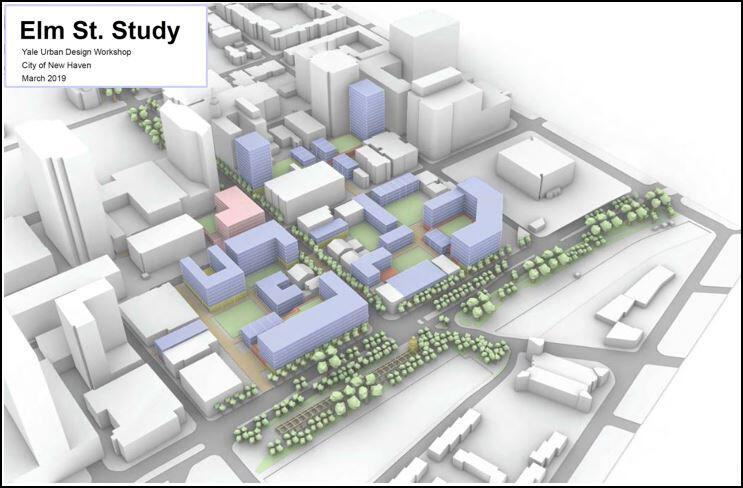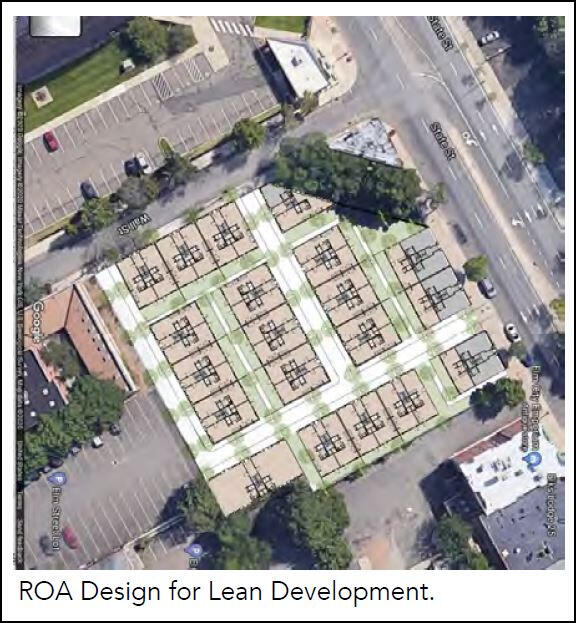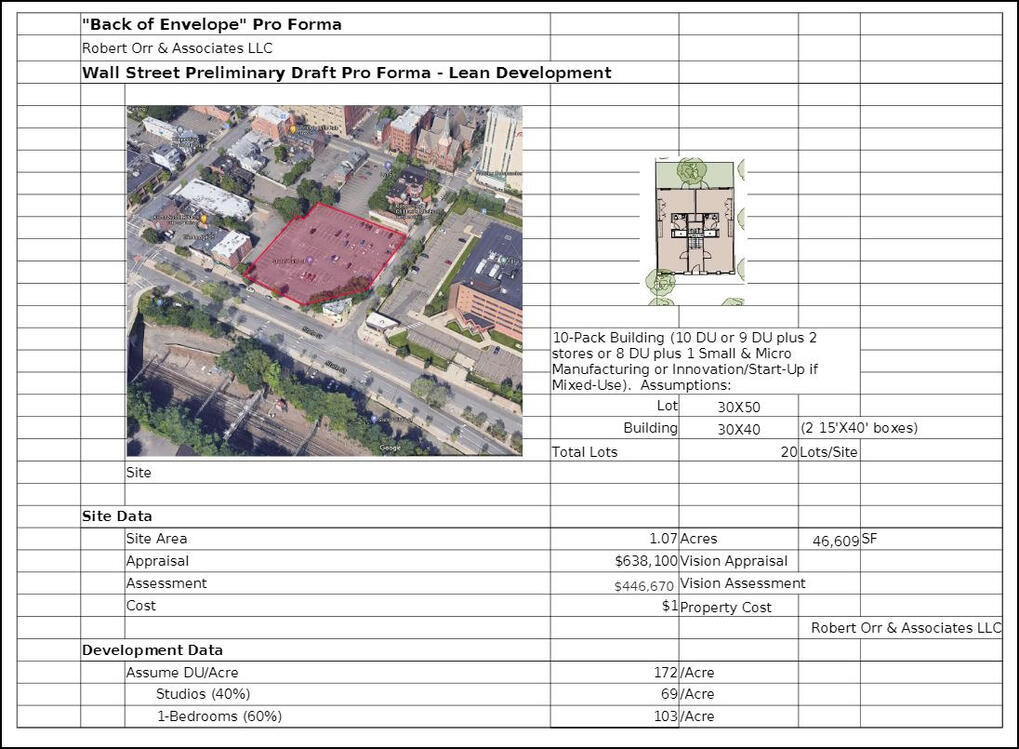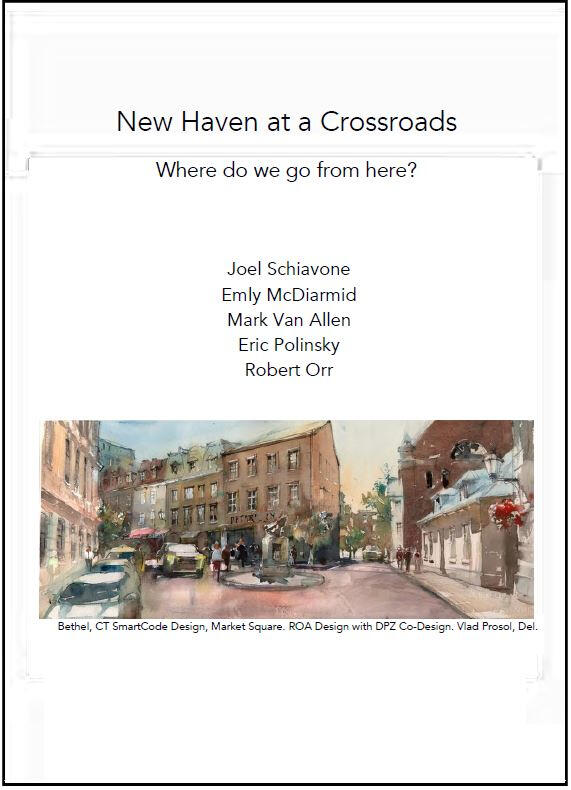Paul Wessel
2/12/21 (Attachments updated 3/11/21)
How do we replenish
a city Block?
New Haven is abuzz with new building construction.
How can we guide this redevelopment of our city?
Are we condemned to "Spongebuild Squareparts" "blocky forgettable mid-rises"?
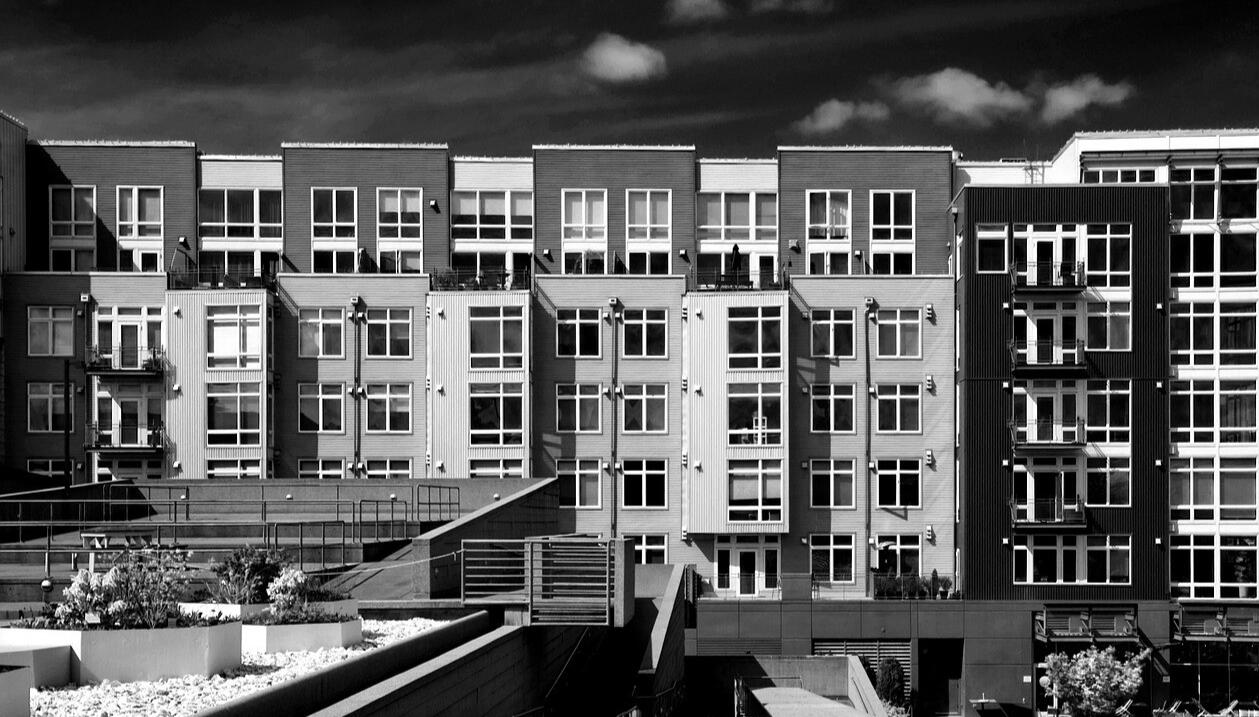
Photo by Ken Haines from Piaxaby
Are we unable to build the kind of lasting, human-scale buildings that foster community?
Can we no longer build beautiful spaces like New Haven's Court Street, with resilient structures that have endured from bankruptcy to skid row to urbanist heaven over the last 150 years?
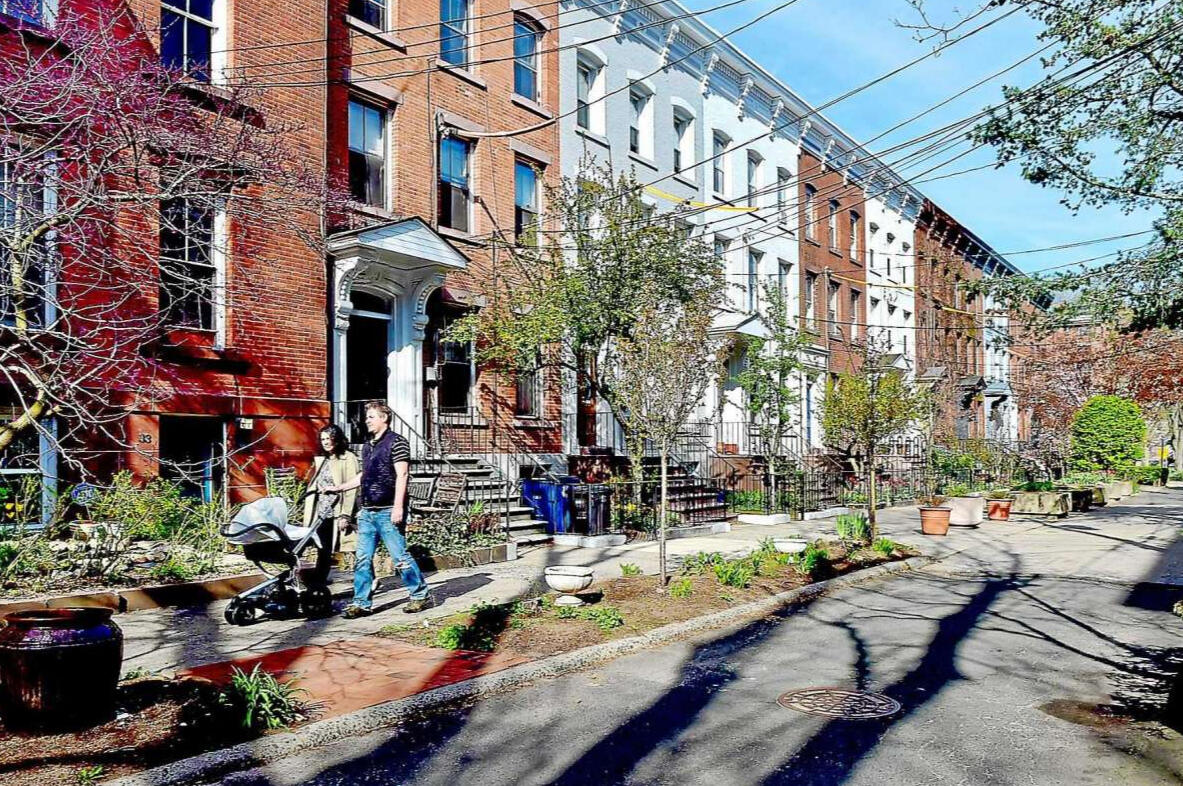
Court Street photo by Catherine Avalone/New Haven Register
In answer to these rhetorical questions, keep reading to see how we might:
develop a single City-owned parcel on a block abounding with beautiful historic buildings, and
craft a New Haven development policy that fosters human-scale development
10 Wall Street
Amidst parking lots and historic buildings....
...sits 10 Wall Street, a city-owned lot, awaiting development.
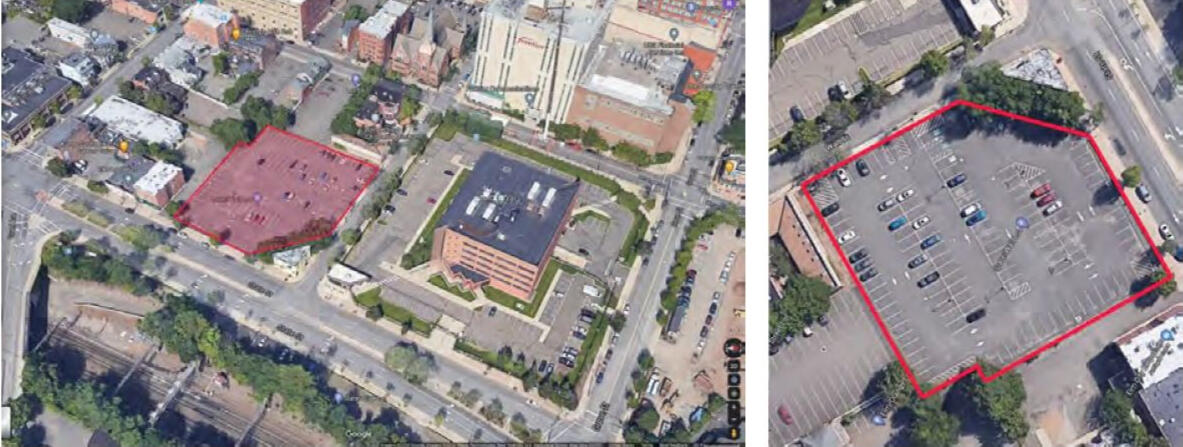
In 2019, the City asked the Yale Urban Design Workshop (YUDW) to look at the block on which 10 Wall sits with four goals in mind:
Create Lively Mixed Use Downtown District
Strengthen Connections
Enhance & Reinforce Local Identity
Maximize Development Potential
The Architecture School's study frames our thinking about what we could aspire to on the block, and how we might leverage the city-owned 10 Wall parcel to push for more lasting, human-scale development than the market typically provides.
How might we apply YUDW's work to think about 10 Wall Street?
We approached the City and suggested we start a conversation. The Economic Development Administration encouraged us to begin with the Downtown-Worcester Square Management Team, which we will do so on 2/16/21.
To kick off the discussion, Robert Orr Architects drew up a "lean development" approach to 10 Wall Street's development for consideration by the community and developers.
Lean development, for Orr, open doors to small local developers, builders, and lenders: "Lean yields higher taxes per acre, more units per acre, and lower rents than projects ‘dropped’ from out of town. In addition, Lean offers healthy returns for local players — more money generated for city (without subsidies), more NOI for players, and more affordable rents/sales, attracting more people emerging into adulthood to live in, to support, and to contribute to vitality of downtown New Haven. All money stays in the city and supports local business."
Review the lean development 10 Wall Street hypothetical example and its Excel proforma (updated 3.11.21)
New Haven at a Crossroads: Where do we go from here?
Looking city-wide, Joel Schiavone, Emly McDiarmid, Mark Van Allen, Eric Polinsky, and Robert Orr encourage us to broaden our vision, to move from real estate deals to neighborhood place-making, and to revise zoning and building codes to enable and incentivize neighborhood development that's affordable to build and to live in.
They just released New Haven at a Crossroads. Read the full 104-page report or review by section (3.11.21 updated version):
Where do we go from here?
Weigh in here, engage, and let’s see what we can do.
